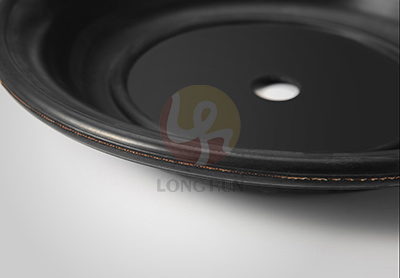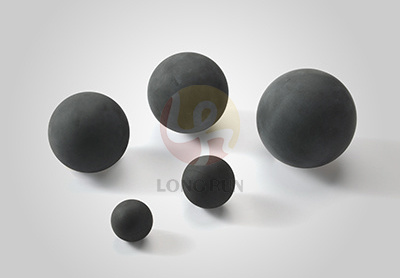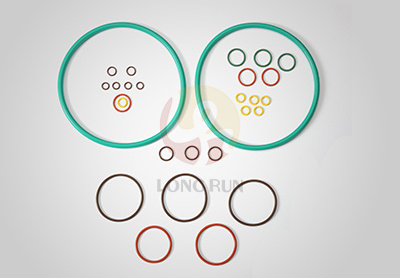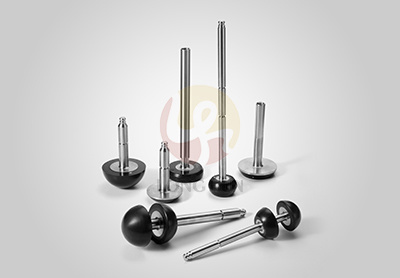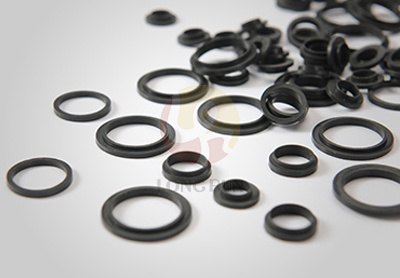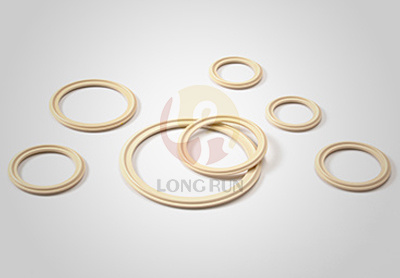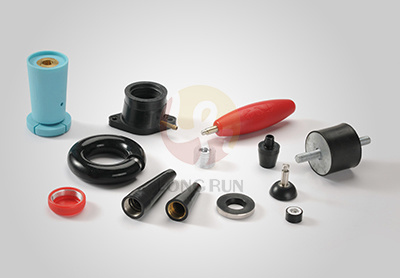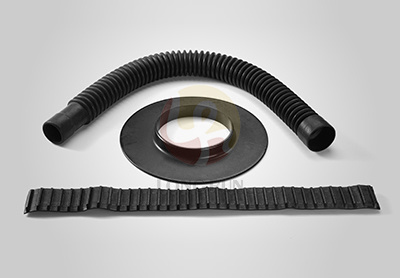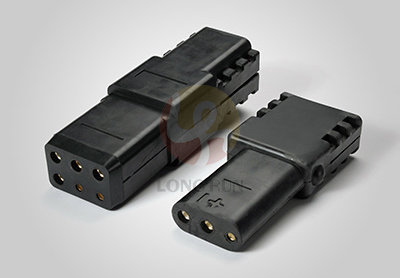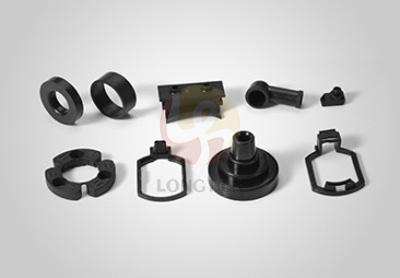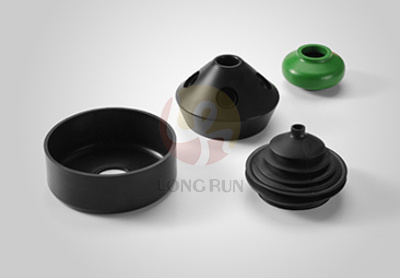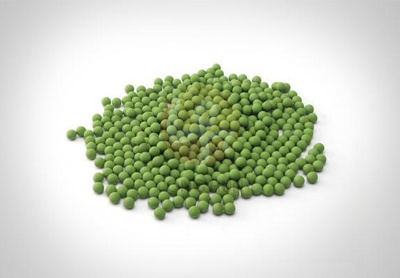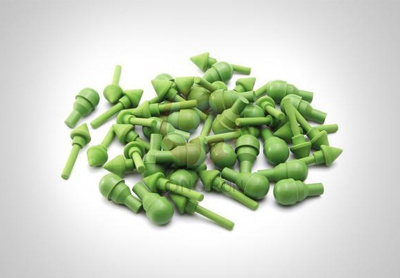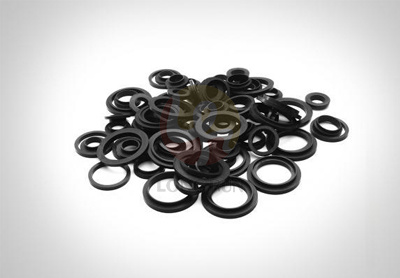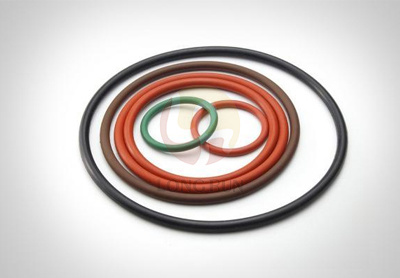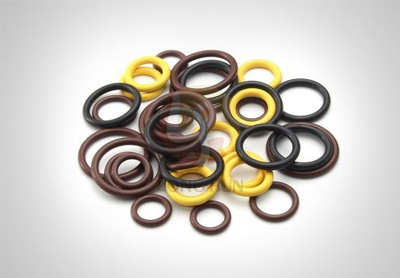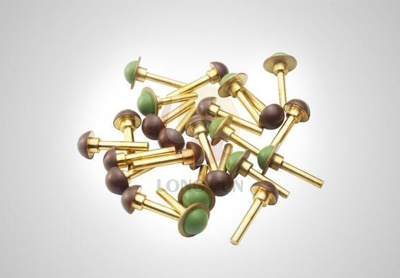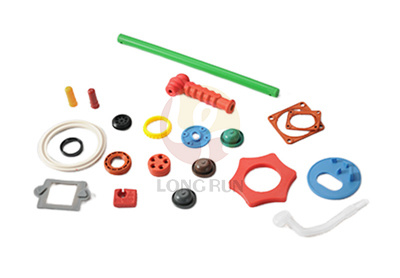Unlocking the Benefits of Quality Fiber Reinforced Diaphragms in Chemical Applications
Unlocking the Benefits of Quality Fiber Reinforced Diaphragms in Chemical Applications
Table of Contents
1. Introduction to Fiber Reinforced Diaphragms
2. Understanding the Role of Fiber Reinforcement
3. Key Advantages of Fiber Reinforced Diaphragms
3.1 Enhanced Chemical Resistance
3.2 Increased Mechanical Strength
3.3 Improved Dimensional Stability
4. Manufacturing Process of Fiber Reinforced Diaphragms
4.1 Selection of Raw Materials
4.2 Fabrication Techniques
5. Applications in Chemical Industries
5.1 Use in Pumps and Valves
5.2 Application in Pressure Regulation
6. Best Practices for Maintenance and Inspection
7. Case Studies: Success Stories in Chemical Applications
8. FAQs about Fiber Reinforced Diaphragms
9. Conclusion
1. Introduction to Fiber Reinforced Diaphragms
Fiber reinforced diaphragms have emerged as a crucial component in chemical applications, providing enhanced performance and durability when subjected to harsh conditions. These specialized diaphragms utilize a composite of fibers and elastomers to withstand extreme pressures, temperatures, and chemical exposures. Understanding their benefits can revolutionize your approach to chemical processing systems.
2. Understanding the Role of Fiber Reinforcement
The incorporation of fibers into diaphragm materials significantly alters their mechanical properties. Fibers add strength and flexibility, enabling the diaphragm to maintain its integrity over extended periods and under various operational stresses. Various types of fibers, including aramid, glass, and carbon, offer unique benefits that can be tailored to specific applications.
3. Key Advantages of Fiber Reinforced Diaphragms
Fiber reinforced diaphragms bring multiple benefits to the chemical industry, enhancing both performance and safety.
3.1 Enhanced Chemical Resistance
One of the most significant advantages is the **enhanced chemical resistance** of these diaphragms. By utilizing high-performance materials, fiber reinforced diaphragms can effectively resist a wide range of chemicals, reducing the risk of degradation and failure.
3.2 Increased Mechanical Strength
The addition of fiber reinforcement results in **increased mechanical strength**, allowing diaphragms to handle higher pressures and stresses than traditional rubber diaphragms. This strength translates into improved performance and longevity, minimizing the need for frequent replacements.
3.3 Improved Dimensional Stability
Fiber reinforced diaphragms also exhibit **improved dimensional stability**, which means they retain their shape and functional properties over time. This stability is vital for maintaining consistent performance in chemical processing applications, ensuring reliability and safety.
4. Manufacturing Process of Fiber Reinforced Diaphragms
The manufacturing of fiber reinforced diaphragms involves a meticulous process to ensure optimal performance characteristics.
4.1 Selection of Raw Materials
The **selection of raw materials** is crucial in the production of high-quality diaphragms. Manufacturers typically choose elastomers with excellent chemical resistance properties and fibers that enhance mechanical performance. The choice of these materials directly influences the diaphragm's effectiveness in various applications.
4.2 Fabrication Techniques
Various **fabrication techniques**, such as molding, extrusion, and lamination, are employed to create fiber reinforced diaphragms. Each technique has its advantages, and the choice depends on the specific requirements of the application, including the desired thickness, complexity, and performance characteristics.
5. Applications in Chemical Industries
Fiber reinforced diaphragms find a wide range of applications within the chemical industry, contributing to the efficiency and safety of various processes.
5.1 Use in Pumps and Valves
One significant application of fiber reinforced diaphragms is in **pumps and valves**. Their durability and resistance to chemicals make them ideal for managing fluids in harsh environments, ensuring reliable operation and minimizing downtime.
5.2 Application in Pressure Regulation
These diaphragms are also essential in **pressure regulation** systems. Their ability to withstand fluctuations in pressure while maintaining performance makes them invaluable in ensuring the safety and efficiency of chemical processes.
6. Best Practices for Maintenance and Inspection
To maximize the lifespan of fiber reinforced diaphragms, regular maintenance and inspection are critical. This includes:
- **Routine checks** for signs of wear and tear.
- **Cleaning** to remove any buildup of chemicals that could degrade the material.
- **Replacement schedules** to ensure optimal performance and avoid unexpected failures.
Implementing these best practices can significantly extend the life of diaphragms and enhance overall system reliability.
7. Case Studies: Success Stories in Chemical Applications
Several companies have successfully implemented fiber reinforced diaphragms in their chemical processes, yielding remarkable results. For instance, a leading chemical manufacturer reported a **30% increase in efficiency** after switching to fiber reinforced diaphragms in their pumping systems. These diaphragms not only reduced downtime due to maintenance but also improved the overall safety of operations.
8. FAQs about Fiber Reinforced Diaphragms
What materials are commonly used in fiber reinforced diaphragms?
Fiber reinforced diaphragms typically utilize elastomers such as EPDM, NBR, or silicone, combined with fibers like aramid or glass.
How long do fiber reinforced diaphragms last?
With proper maintenance, fiber reinforced diaphragms can last several years, depending on the operating conditions and chemical exposure.
Can fiber reinforced diaphragms be used in high-temperature applications?
Yes, many fiber reinforced diaphragms are designed to withstand high temperatures, making them suitable for various aggressive chemical processes.
Are fiber reinforced diaphragms more expensive than traditional diaphragms?
While they may have a higher initial cost, the enhanced performance and longevity of fiber reinforced diaphragms often result in lower overall costs in the long run.
How do I choose the right diaphragm for my application?
Consider factors such as chemical compatibility, pressure requirements, temperature ranges, and specific application needs when selecting a diaphragm.
9. Conclusion
In conclusion, quality fiber reinforced diaphragms offer transformative benefits to the chemical industry. Their exceptional durability, chemical resistance, and mechanical strength significantly enhance performance and safety in chemical applications. By understanding and implementing these advanced components, companies can capitalize on improved efficiency and reduced maintenance costs. Investing in fiber reinforced diaphragms is not just a choice; it is a strategic move toward achieving operational excellence in demanding environments.
Prev:
Related News
Unlocking the Benefits of Quality Fiber Reinforced Diaphragms in Chemical Applications
Unlocking the Benefits of Quality Fiber Reinforced Diaphragms in Chemical Applications Table of Contents 1. Introduction to Fiber Reinforced Diaphragms 2. Understanding the Role of Fiber Reinforcement 3. Key Advantages of Fiber Reinforced Diaphragms 3.1 Enhanced Chemical Resistance 3.2 Increased Mechanical Strength 3.3 Improved Dimensional Stability 4. Manufacturing Process of Fiber Reinforced Dia
Oct 29,2025
Understanding Rubber Bellows: Essential Components for Automotive Applications
Rubber bellows are flexible, accordion-like structures made from elastomeric materials that serve critical functions in various automotive applications. As a rubber bellows manufacturer, it's essential to recognize the pivotal role these components play in enhancing vehicle performance, protecting sensitive parts, and ensuring longevity. One primary function of rubber bellows is to protect moving
Oct 27,2025
Innovative Uses of Viton O-Rings in the Automotive Sector Table of Contents 1. Introduction to Viton O-Rings in the Automotive Industry 2. What Are Viton O-Rings? 3. Advantages of Viton O-Rings Over Traditional Materials 4. Automotive Applications of Viton O-Rings 4.1 Viton O-Rings in Fuel Systems 4.2 Viton O-Rings in Cooling Systems
Oct 25,2025
Exploring the Benefits of Industrial Use Rubber Bonded Metal Products in the Chemical Industry
In the chemical industry, the use of rubber bonded metal products has gained considerable traction due to their unique properties and versatile applications. These products combine the elastic properties of rubber with the strength and durability of metal, making them ideal for various industrial applications. Here, we explore the characteristics, benefits, and uses of industrial use rubber bonded
Oct 23,2025
Unlocking Versatility: The Advantages of Customized Molded Rubber Balls
Unlocking Versatility: The Advantages of Customized Molded Rubber Balls Table of Contents 1. Introduction to Customized Molded Rubber Balls 2. Versatile Applications of Customized Molded Rubber Balls 3. Key Advantages of Customized Molded Rubber Balls 3.1 Enhanced Durability 3.2 Optimized Performance 3.3 Cost-Effectiveness 4. The Manufacturing Process of Custom
Oct 21,2025

